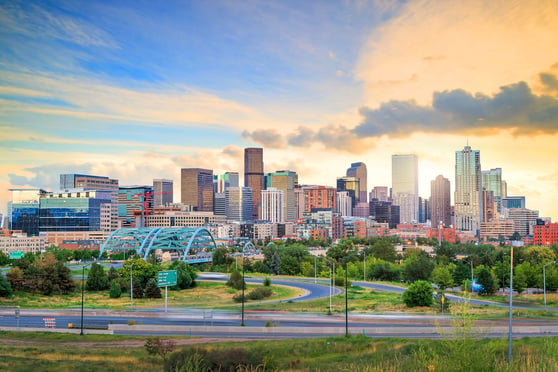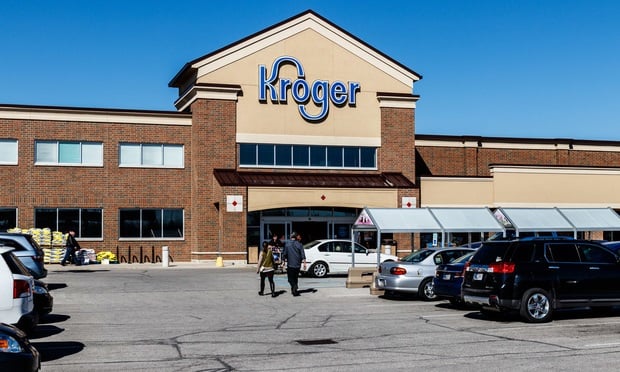His report lists 142 separate projects by size, address and developer in three categories: completed in 1999 or 2000, under construction or proposed. Together, they represent 42,312 new units with an estimated completed retail value approaching $5 billion.
Although the Denver area hasn't seen this kind of apartment building since the early to mid-1970s, Kendall says the market isn't in danger of overbuilding. "I can't say this enough ways," Kendall tells GlobeSt.com "If all of this new product came on line in the next 12 months, we'd be in deep trouble. But some of these proposed projects will never be built. In some cases, the developers don't own the land yet, they don't have financing lined up, and they don't have their zoning."
Zoning is no easy task, but Kendall says it's not so much communities wanting to keep apartments out, as many in the industry perceive. "I think it is more that they are taking a harder look at multifamily construction than they have ever done in the past," he says. "They want to know more about its impact on traffic. They're demanding more landscaping, and things like that. It ends up taking a lot more time to get through the process. But overall, I think that's a good thing. You end up with better product."
Even if all of the 18,531 units now on the drawing board are built over the next few years, the market won't become overbuilt, he says. The market can easily absorb 5,500 to 6,000 units annually, which means the new construction only represents about a three-year supply, he says.
Apartment sales have soared by 23% this year in comparison to last year, says Kendall. In the first nine months, the sales volume hit $620 million, the equivalent of all of 1999. The overall cap rate now stands at 8.8%. The price per unit and price paid per sf have reached record amounts, $161,132 and $74.36, respectively. Rent rates are up 5.1%, while new buildings, which typically have initial high vacancy rates, are enjoying better than a 97% occupancy rate.
Kendall projects that in 2001 the strong market will continue with a few soft submarkets, primarily along the southeast corridor where new construction may be a bit ahead of demand. He is predicting rents will go up another 5% to 7%, putting the average monthly rental at $825 while vacancy rates will dip to 3%.
Without a doubt, new product sold in the coming months will exceed $150,000 per month for the first time. He expects overall sales volume to exceed $725 million next year.
And while virtually all of the construction in the metro area for the past decade has been luxury units, Kendall says the market will see a number of B-quality units built in the near future. These complexes won't have many of the luxuries, such as huge athletic clubs and business centers, that many of the current breed of projects feature. Instead, he says, they will have a weight room--just one cost-cutting avenue to keep a lid on monthly rentals. He also says the trend for infill site development will continue in the coming year.
Want to continue reading?
Become a Free ALM Digital Reader.
Once you are an ALM Digital Member, you’ll receive:
- Breaking commercial real estate news and analysis, on-site and via our newsletters and custom alerts
- Educational webcasts, white papers, and ebooks from industry thought leaders
- Critical coverage of the property casualty insurance and financial advisory markets on our other ALM sites, PropertyCasualty360 and ThinkAdvisor
Already have an account? Sign In Now
*May exclude premium content© 2024 ALM Global, LLC, All Rights Reserved. Request academic re-use from www.copyright.com. All other uses, submit a request to [email protected]. For more information visit Asset & Logo Licensing.








